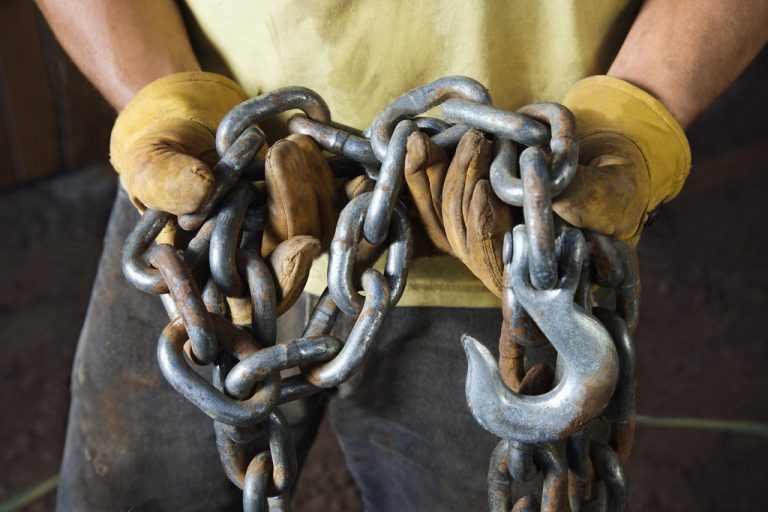Rigging hooks are essential components in material handling and lifting operations, serving as the crucial link between rigging equipment and the load being hoisted. Qingdao Sail Rigging Co.,Ltd , rigging hooks manufacturer in China, is focusing on research and manufacturing of forged rigging products for many years, have rich experience of rigging hooks. In the article, we will discuss the types and application of rigging hooks. Rigging hooks come in various types, each tailored to specific applications and requirements, used in different industries.
- Clevis Hooks:
Design: Clevis hooks have a U-shaped opening, called a clevis, on one end. They often feature a latch for securing the load.
Applications: Clevis hooks are versatile and commonly used in industries such as agriculture, construction, and manufacturing. They are suitable for a wide range of lifting and rigging tasks.
- Eye Hooks:
Design: Eye hooks have a closed-loop or eyelet at the top, allowing for easy attachment to rigging equipment like chains, slings, and cables.
Applications: Eye hooks are widely used in construction, transportation, and maritime industries for hoisting and securing loads. Their design facilitates quick connection to various rigging components.
- Swivel Hooks:
Design: Swivel hooks have a swiveling mechanism that allows the load to rotate freely, reducing the risk of the load binding or twisting during lifting.
Applications: Swivel hooks find applications in situations where the load needs to rotate or pivot, such as handling pipes, cables, or materials with irregular shapes.
- Sling Hooks:
Design: Sling hooks have a wider throat opening and a latch for easy attachment to slings or straps, making them ideal for sling-to-hook connections.
Applications: Sling hooks are commonly used in the rigging and construction industries when slings or straps are employed for load lifting. They ensure secure connections between the rigging equipment.
- Grab Hooks:
Design: Grab hooks have a narrow throat opening and a pronounced tip that can grip the load securely.
Applications: Grab hooks are essential in applications where a strong and secure grip is needed, such as handling logs, pipes, or materials with irregular shapes.
- Self-Locking Hooks:
Design: Self-locking hooks feature a latch that locks automatically when a load is applied, preventing accidental detachment.
Applications: Self-locking hooks are critical in industries where safety is paramount, such as aviation, aerospace, and marine applications, where secure connections are vital.
- C-Hooks:
Design: C-hooks have a shape resembling the letter “C” and are used for suspending loads that have a natural hooking point, like coils of steel.
Applications: C-hooks are commonly found in the steel and metal industries for handling and transporting coils, pipes, and other materials with specific load-bearing points.
- Crane Hooks:
Design: Crane hooks are typically larger and stronger, designed to be attached to overhead cranes and gantry cranes for heavy lifting tasks.
Applications: Crane hooks are used in manufacturing, construction, and material handling operations that require the lifting of extremely heavy loads, such as machinery and large equipment.
Whether it’s a clevis hook for versatility, a swivel hook for load rotation, or a self-locking hook for enhanced safety, each type of rigging hook plays a critical role in the world of material handling and lifting, contributing to the success and safety of various industries.
Ensure the safety of your lifting and rigging operations by choosing the right rigging hooks for your specific needs. Regularly inspect and maintain your equipment to prevent accidents and ensure reliable performance. Safety is everyone’s responsibility! Contact us directly if you want to know more.





